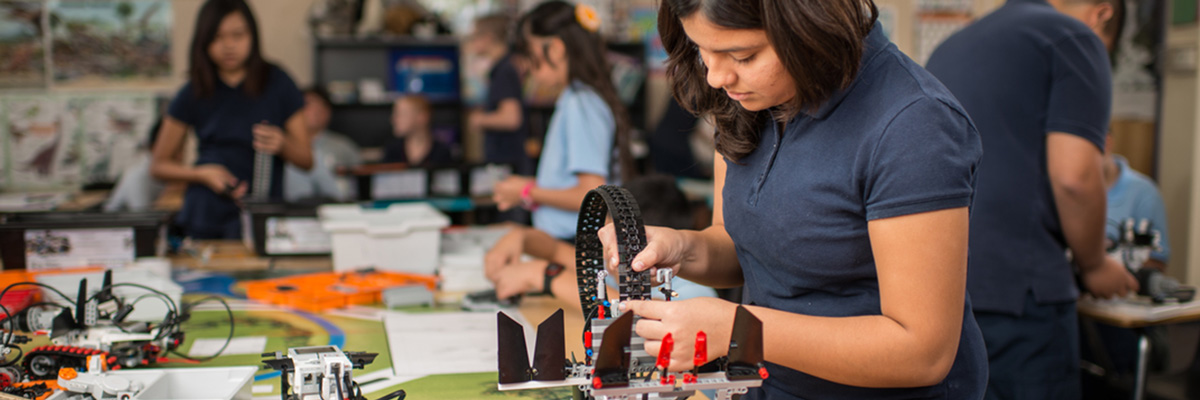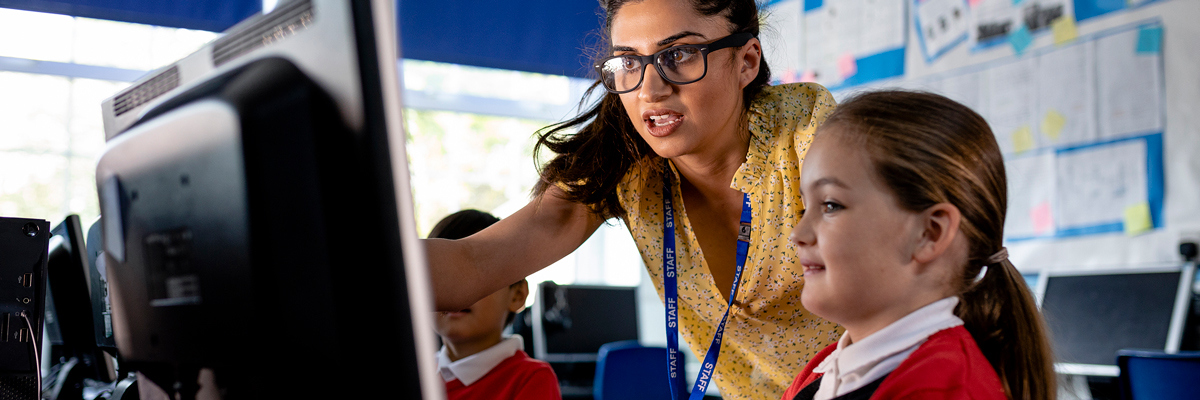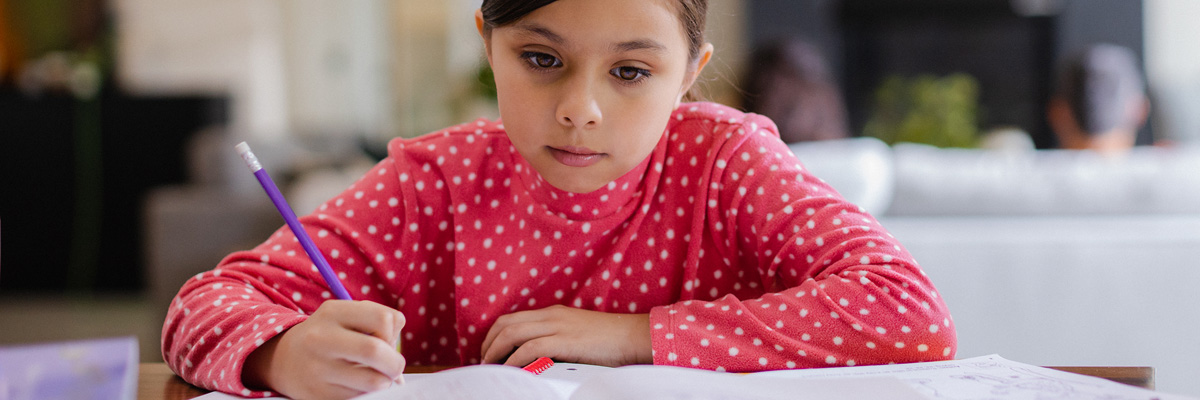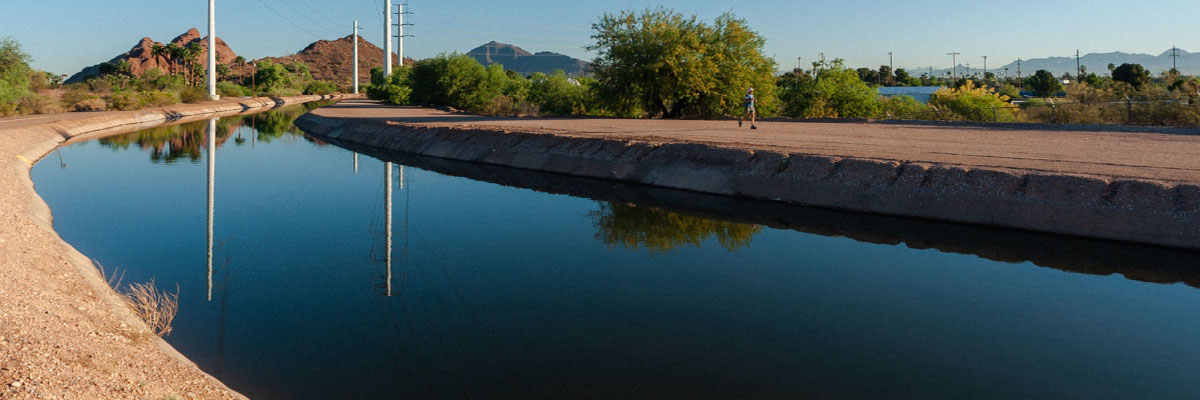
Education grants for teachers
SRP provides support for teachers through education grants. Learn what opportunities are available and how to apply.
On this page:
On related pages:
| Looking for more information about any of the grants you see? We’d love to hear from you. Contact us at educate@srpnet.com. |
Classroom grants for teachers
A brighter tomorrow for Arizona begins with investments in education. That's why SRP provides more than $200,000 in direct classroom funding each year for teachers through our classroom grants program.
Explore the grants we offer below or see how SRP supports schools and education-related nonprofits through corporate contributions.
Classroom grants in STEM, History, and Social Science allow schools, teachers and students to develop projects and programs geared toward state-mandated competencies. Up to $5,000 is awarded per school. Funds can be used to support innovative teaching strategies that improve student performance in math and science.
STEM Classroom grants
Apply November through mid-February
Classroom grants allow schools, teachers and students to develop projects and programs geared toward state-mandated competencies. Up to $5,000 is awarded per school. Funds can be used to support innovative teaching strategies that improve student performance in math and science.
How to apply
Applications will be accepted from Nov. 1, 2025, through Feb. 15, 2026. All public K-12 educators in the following counties are eligible to apply: Apache, Gila, Maricopa, Navajo,Pinal and Yavapai. Grant applications must be completed by a certified K-12 teacher. Only teachers from traditional public and charter schools are eligible to apply.
History and Social Science Classroom Grants
Apply November through mid-February
History and Social Science Classroom Grants are awarded to help educators present academic content and teach skills in the interrelated disciplines of history, geography, civics, government and economics. Up to $2,500 is awarded per school.
How to apply
Applications will be accepted from Nov. 1, 2025, through Feb. 15, 2026. All public K-12 educators in the following Arizona counties are eligible to apply: Apache, Gila, Maricopa, Navajo, Pinal and Yavapai. Grant applications must be completed by a certified K-12 teacher. Only teachers from traditional public and charter schools are eligible to apply.
Powering Our Future Grants
Powering Our Future Grants are for classroom teachers of grades K–12 who have attended an SRP Powering Our Future professional development workshop. Each grant is $250; teachers may apply once per school year. Grant funds may be used to purchase supplementary classroom materials and supplies. Powering Our Future workshops are offered on Saturdays during the school year. Registration is required.
How to apply
Applications are accepted year-round from any educator who has completed a Powering Our Future workshop. Teachers must attend a workshop before applying for the grant. Applications will be accepted up to one month after completing the POF workshop.


